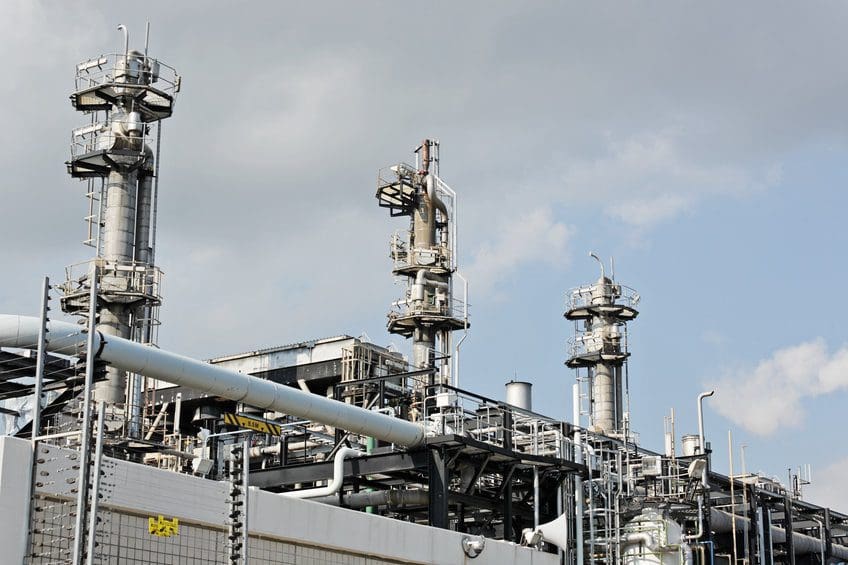Natural gas prices broke through the $4 per thousand cubic feet (Mcf) level this week as production levels across the U.S. continued to set records as did exports of liquefied natural gas (LNG).
Natural gas prices on the New York Mercantile Exchange languished around $1.70 Mcf range in 2020 until crossing the $2 barrier in August and crossed into the $3 range in June of this year and up to $4 in mid-July.
Demand and consumption of natural gas continue to grow.
The Energy Information Administration reports the nation consumed 11.2 billion cubic feet during the first four months of 2021, which equals the amounts consumed in 2020 and it is on pace to set a record this year as the economy continues to expand.
U.S. production so far this year is off 4% from the record set last year. Natural gas production during the first four months of 2021was 10,904 billion cubic feet compared to 11,414 billion cubic feet in 2020.
U.S. exports of liquefied natural gas (LNG) continued to grow in the first six months of 2021, averaging 9.6 billion cubic feet per day (Bcf/d). This average marks an increase of 42%, or 2.8 Bcf/d, compared with the same period in 2020, according to EIA.
“U.S. LNG exports increased in the first half of this year as international natural gas and LNG spot prices increased in Asia and Europe due to cold weather,” EIA stated.
Removal of COVID-19 restrictions around the globe also contributed to increased demand for U.S. LNG exports, according to EIA.
“Natural gas demand in the spring continued to rise amid low post-winter inventories, which contributed to unseasonably high natural gas prices. The high prices prompted a higher demand for more flexible LNG supplies, particularly from the United States,” EIA stated.
Europe also had low inventories following a cold winter. Europe’s natural gas spot prices have historically been lower than prices in Asia; however, this year, Europe’s natural gas prices are tracking Asia’s spot LNG prices more closely to attract flexible LNG supplies from around the world to refill storage inventories, EIA said.
As natural gas has become the largest energy source to generate electricity, energy-related CO2 emissions in the U.S. fell to the lowest level since 1983 falling almost 20% since 2000, according to EIA.
Coal generated the most electricity in the U.S. until 2016 when natural gas became the largest electric generator. Natural gas generated about 40% of electricity in 2020 followed by renewable energy sources (wind, hydroelectric, solar, biomass, and geothermal) at 21%. Nuclear at 20% and coal at 19% complete the generators of electricity.
Alex Mills is the former President of the Texas Alliance of Energy Producers.
Alex Mills is the former President of the Texas Alliance of Energy Producers. The Alliance is the largest state oil and gas associations in the nation with more than 3,000 members in 305 cities and 28 states.





